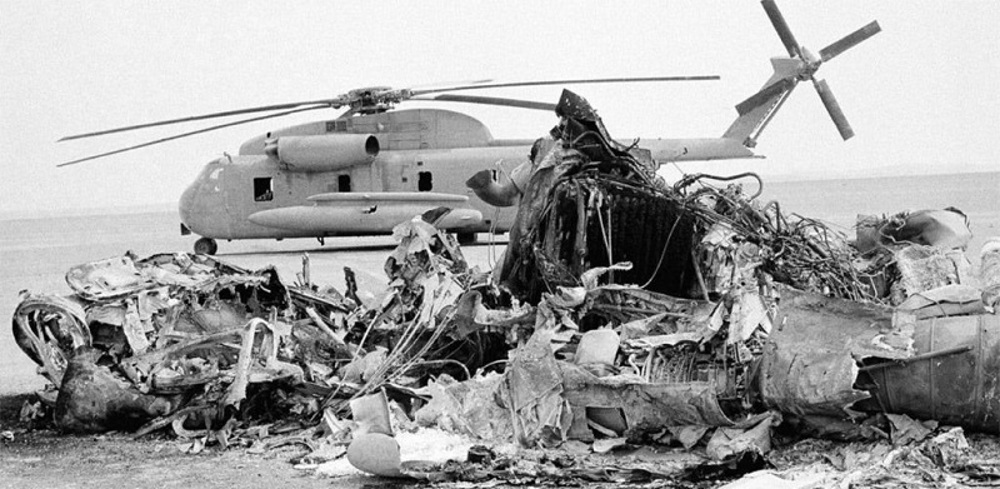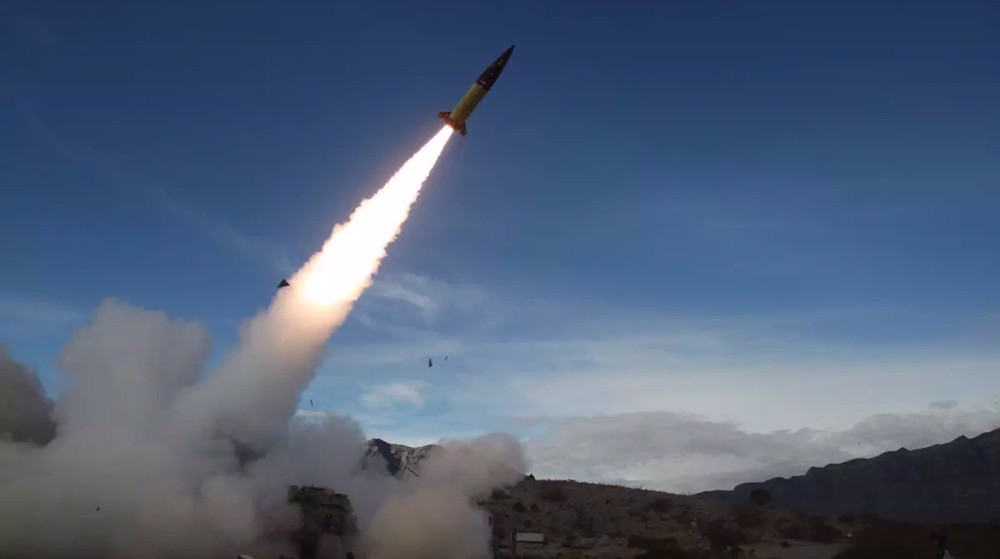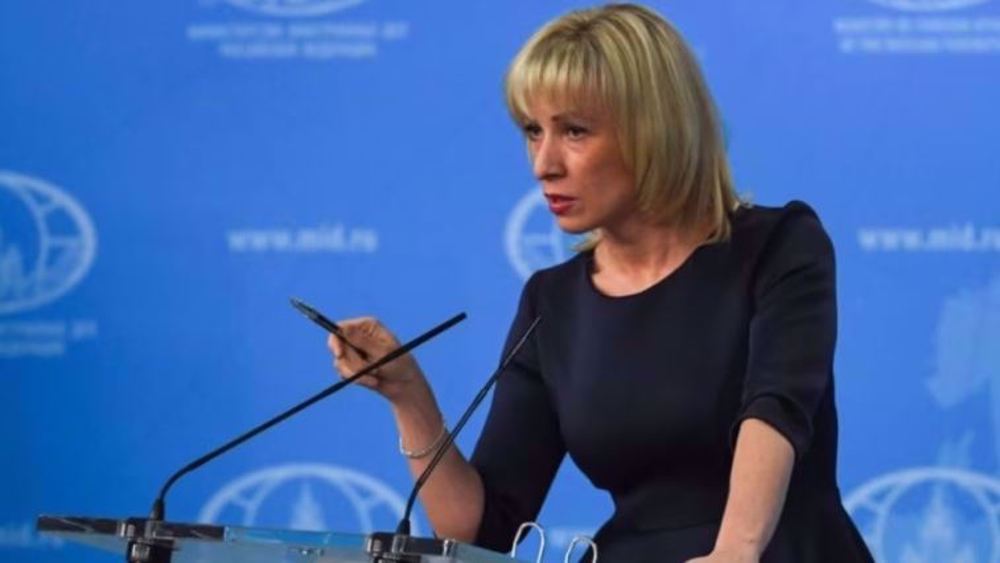US-Russia military lineup raises fears of war: Experts
The lineup of powerful military forces by the United States and Russia so close to each other has raised fears that a potential miscalculation could spark a major conflict between the two nuclear powers, according to a report.
The rhetoric and actions from Washington and Moscow have intensified in recent days amid the worst tensions since the Cold War, which both sides blame on each other.
"Given the tempo of Russian military operations over the last year," said Steven Pifer of the Washington-based Brookings Institution think tank and a former US ambassador to Ukraine, according to CNN. "You have more interactions, more possibilities for things to go wrong."

The Pentagon has announced it is ready to store heavy military equipment in East Europe to counter “Russian aggression” in the wake of the crisis in Ukraine.
The US Navy is among those participating in a NATO landing exercise in Sweden and the US Air Force has declared it could be sending some of its most advanced warplanes to Europe.
The US has already sent B-2 and B-52 nuclear-capable bombers, F-15Cs and A-10 attack planes as well as Army and Navy assets to Europe for a show of force, according to CNN.

"I could easily see the day -- though I couldn't tell you the day exactly -- when the F-22, for example, rotates in is a possibility. I don't see why that couldn't happen in the future," Air Force Secretary Deborah James said this week, describing Russia as “the biggest threat” in the region.
In response, Russian President Vladimir Putin announced that his country would add intercontinental ballistic missiles to its nuclear arsenal this year.
“More than 40 new intercontinental ballistic missiles, able to overcome even the most technically advanced anti-missile defense systems, will be added to the make-up of the nuclear arsenal this year,” Putin said on Tuesday.
“If someone threatens our territories, it means that we will have to aim our armed forces accordingly at the territories from where the threat is coming,” he added. "It is NATO that is coming to our borders, it's not like we are moving anywhere."

Moreover, the number of flights by Russian strategic bombers over the US Air Defense Identification Zone doubled last year from their norm, according to the North American Aerospace Defense Command, known as NORAD.
In the latest provocative incident, Russian military aircraft had to be scrambled to ward off a US destroyer, USS Ross, in the Black Sea after it was found heading into Russia’s territorial waters late last month.
US officials and observers point to the Ukrainian conflict as the underlying issue for the increased tensions.

Washington has so far bolstered the Ukrainian military through non-lethal aid and training. It has also imposed several rounds of sanctions on Russia in coordination with European partners.
US senators are pressing President Barack Obama to provide lethal aid to Ukraine.
HRJ/HRJ
Gaza faces imminent famine as people starving to death: UN warns
North Korea to stand up to sanctions, bolster military power: Official
Hezbollah says 2,000 Israeli forces killed, injured in operations since Gaza war began
War of wills: Iran army chief vows crushing response to any aggression
April 24: ‘Axis of Resistance’ operations against Israeli occupation
Tabas sand defeats US military
'US secretly sent long-range ATACMS missiles to Ukraine in recent weeks'
Iran: Awakened world public opinion determined to stop Israel war crimes










 This makes it easy to access the Press TV website
This makes it easy to access the Press TV website